PPT-Breads Ch. 22 Workbook P. 113
Author : mitsue-stanley | Published Date : 2018-09-18
Please use workbook p 113 to take notes during the presentation Categories of Breads Quick Breads Yeast Breads Prepare in a short amount of time Biscuits Muffins
Presentation Embed Code
Download Presentation
Download Presentation The PPT/PDF document "Breads Ch. 22 Workbook P. 113" is the property of its rightful owner. Permission is granted to download and print the materials on this website for personal, non-commercial use only, and to display it on your personal computer provided you do not modify the materials and that you retain all copyright notices contained in the materials. By downloading content from our website, you accept the terms of this agreement.
Breads Ch. 22 Workbook P. 113: Transcript
Download Rules Of Document
"Breads Ch. 22 Workbook P. 113"The content belongs to its owner. You may download and print it for personal use, without modification, and keep all copyright notices. By downloading, you agree to these terms.
Related Documents


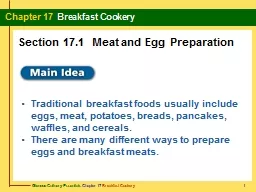
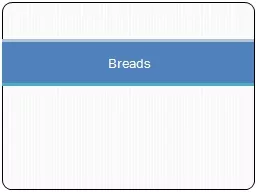
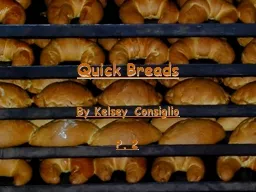
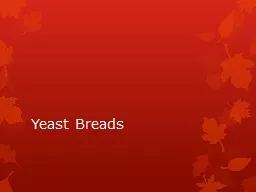
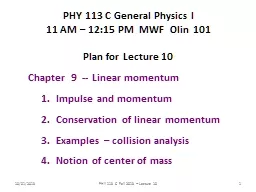
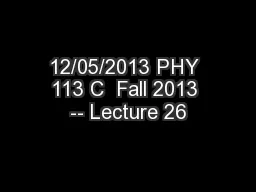


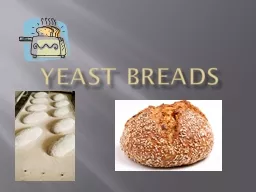
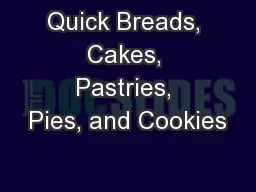

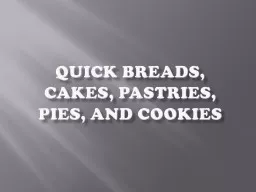
![[EBOOK] Math Workbook multi-digit multiplication grade 5-7: Math workbook for learning:Multi-Digit](https://thumbs.docslides.com/1008415/ebook-math-workbook-multi-digit-multiplication-grade-5-7-math-workbook-for-learning-multi-digit-multiplication-for-5th-6th-to-7th-grade-math-workbook-of-numbers-1-to-4-digit-workbook-ages-10-13.jpg)